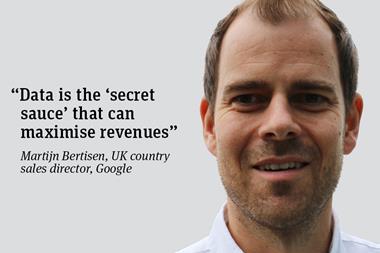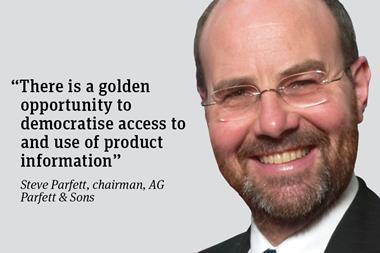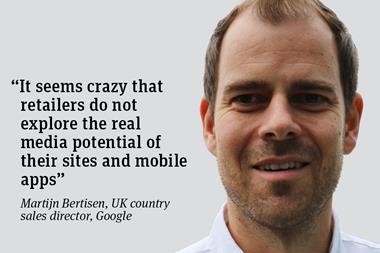
Most would agree that good consumer and shopper insight is critical to success in our industry, reflected in company mission statements and values across the sector. Almost all large companies invest significantly in research and data and have large teams of insight professionals. To a varying extent, they have “hardwired” insight into their thinking and into their work processes.
Small and medium-sized companies are increasingly asking how they can make insight a competitive advantage. We think there are five areas to concentrate on.
First, the right information at the right price. There are many sources: panels, scanning, loyalty data, surveys and focus groups. Each has merits but it makes sense not to let yourself get overloaded with more than you can use.
Second, simple directive reporting that allows your people to quickly understand what is happening in your marketplaces; something clear, visual and digestible.
Third, insight-driven growth strategies: the few really important things that need to be done to drive growth in the category, brand, channel or retailer. Having the discipline and skill to agree these key priorities is the most important difference between leading companies in the field and the rest.
Fourth, developing people: the education and development of your key decision makers, and especially the leadership team. Leaders need to understand insight, what it means for strategy, and how to use both for business advantage.
Finally (for fmcgs at least), engaging retailers. Insight is important for internal strategy and decisions but also to elevate conversations with retailers. In benchmarking studies and award citations (such as The Grocer’s), retailers consistently tell us that they value consumer and shopper insight from suppliers. It is important that suppliers customise. They need to know what is different about shoppers of each individual retailer. And they need to understand the broad customer strategies each retailer is working to. An example is Sainsbury’s, which has moved away from multibuy promotions. This makes a lot more sense at store level than may appear to some suppliers taking a narrower category view.
Understanding the overall customer strategy, accepting it and working within it, is important.
So five areas to concentrate on to make insight an advantage: the right data, simple reporting, insight-driven growth strategies, people development and retailer engagement. Get these right and you will make better decisions and have improved conversations with retailers.
Jeremy Garlick is a partner of Insight Traction



















No comments yet